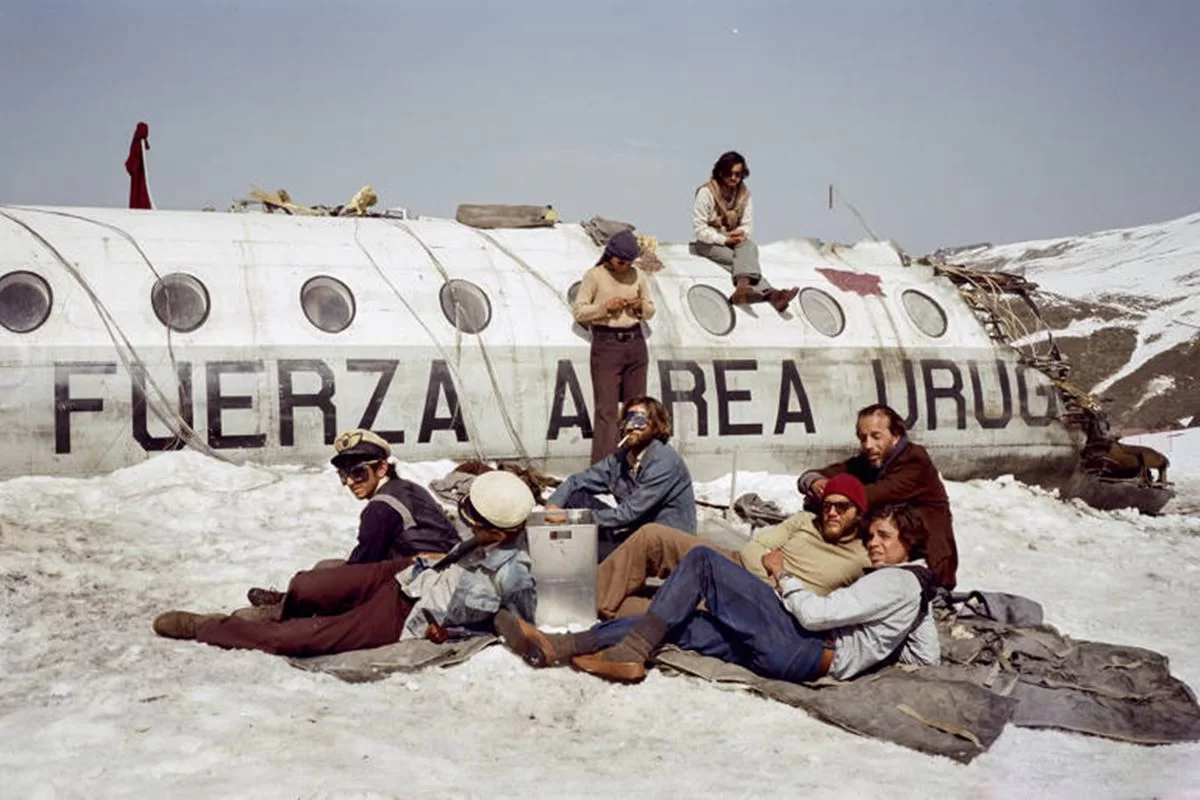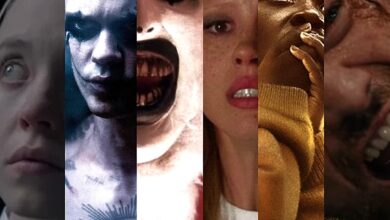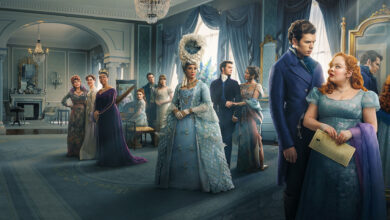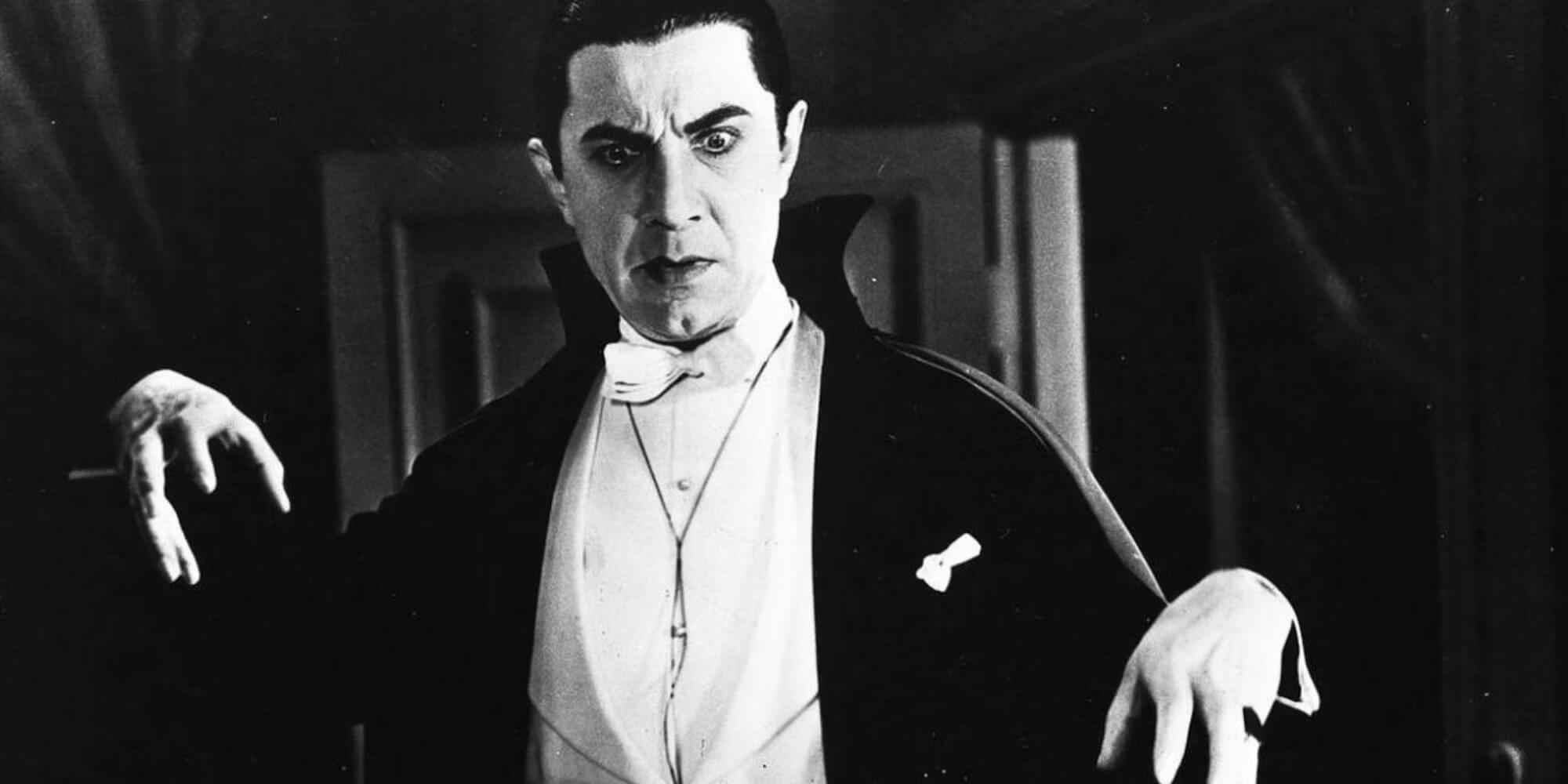
The world of cinema has long been captivated by the chilling allure of classic horror movies. From the eerie shadows of silent films to the visceral scares of modern classics, these timeless tales of terror have not only entertained but also shaped the very fabric of cinematic storytelling. Journey with us as we delve into the history, evolution, and enduring influence of classic horror films, exploring how these iconic works have redefined fear on the silver screen and continue to haunt the imaginations of audiences worldwide. Join us as we unravel the dark corridors of Dracula’s castle, confront the monstrous creations of mad scientists, and uncover the psychological depths of human terror. Welcome to a world where nightmares come alive and legends are born—a world of classic horror.
The Birth of Terror
In the early days of cinema, the horror genre was just beginning to explore its possibilities. “Nosferatu” (1922), directed by F.W. Murnau, is often considered the first major horror film in cinema history. Based on Bram Stoker’s novel “Dracula,” the film introduced audiences to a completely new type of fear: the vampire, a dark and mysterious figure who feeds on the innocent. With its expressionist atmosphere and Max Schreck’s iconic performance as Count Orlok, “Nosferatu” set a precedent for what horror cinema could achieve.
While “Nosferatu” shocked audiences with its chilling portrayal of the vampire, another groundbreaking film was preparing to leave its mark on the genre. “The Cabinet of Dr. Caligari” (1920), directed by Robert Wiene, is often cited as one of the first examples of German expressionist cinema. With distorted sets and a narrative that plays with the perception of reality, the film plunges viewers into a world of nightmares where Dr. Caligari exerts control over a homicidal sleepwalker, Cesare. The combination of surrealistic sets and dark themes made “The Cabinet of Dr. Caligari” a milestone in horror cinema and a lasting influence on filmmakers worldwide.
Golden Age of Horror
The 1930s saw the rise of films that would become pillars of classic horror. With the advent of sound cinema, directors began to explore new possibilities to scare and entertain audiences. One of the most iconic examples is “Dracula” (1931), directed by Tod Browning and starring Bela Lugosi in the iconic role of Count Dracula. The film not only adapted Bram Stoker’s story for the screen but also solidified Lugosi’s image as the seductive and menacing vampire who captivated audiences and defined the cinematic vampire archetype for decades.
While “Dracula” explored the vampire myth, another legendary monster was ready to haunt the screens. “Frankenstein” (1931), directed by James Whale, brought to life the story of the mad scientist and his grotesque creation. Masterfully portrayed by Boris Karloff, the Frankenstein monster captured the audience’s imagination with its blend of innocence and terror. The film not only became a box office success but also set a standard for horror films that balance horror and human emotion.
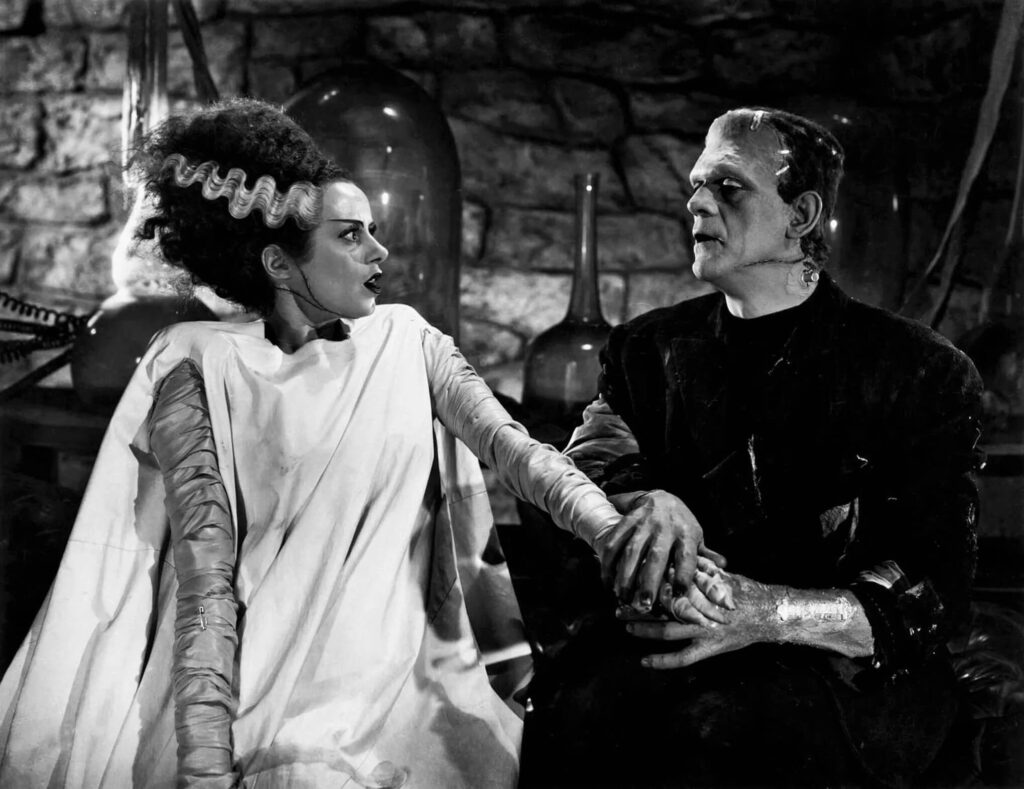
1960s and 1970s: Change of Tone
With advancements in filmmaking techniques and a rapidly changing society, the 1960s and 1970s saw a significant shift in the horror genre. Films like “Psycho” (1960), directed by Alfred Hitchcock, challenged the conventions of horror cinema by exploring psychological themes and the nature of insanity. Based on Robert Bloch’s novel, the film is a suspense masterpiece that not only shocked audiences with its narrative twists but also set new standards for psychological tension that influenced generations of filmmakers.
Another major milestone in the 1970s was “The Exorcist” (1973), directed by William Friedkin. Based on William Peter Blatty’s novel, the film tells the harrowing story of a girl possessed by a demonic entity and the efforts of a priest to save her soul. With disturbing scenes and an atmosphere of growing horror, “The Exorcist” challenged audience expectations and elevated terror to new heights of intensity and emotional impact.
Icons of Classic Horror
Beyond the films themselves, icons of classic horror played crucial roles in defining the genre. Alfred Hitchcock, known as “the Master of Suspense,” not only directed “Psycho” but also profoundly influenced the aesthetics and narrative of psychological horror. His masterful use of the camera and ability to manipulate audience expectations set new standards for suspense and terror.
Meanwhile, Boris Karloff and Vincent Price became synonymous with horror in cinema. Karloff, with his memorable portrayal of the monster in “Frankenstein,” embodied the tragic “outsider” in search of acceptance and understanding. Price, known for his roles in gothic and macabre horror films, brought a unique blend of elegance and malice to his characters, leaving an indelible mark on the genre.
Enduring Influence
The influence of classic horror films is felt to this day in many aspects of cinema and popular culture. These films not only established technical and narrative standards that are still studied and admired but also inspired generations of filmmakers to explore new themes and techniques within the genre. Films like “The Shining” (1980), directed by Stanley Kubrick, and “Halloween” (1978), directed by John Carpenter, are examples of how the principles established by classic horror films continue to shape and influence contemporary cinema.
Conclusion
Classic horror films are enduring testaments to the human ability to explore the unknown and confront our deepest fears. From the early days of cinema to the present day, these cinematic works have challenged and inspired generations of audiences and filmmakers. Looking back, it is clear that classic horror films not only shaped a genre but also enriched cinema as a whole, leaving a legacy that continues to haunt and fascinate.
FAQs
1. What defines a classic horror film?
A classic horror film is often characterized by dark atmospheres, supernatural or psychological themes, and the creation of suspense through innovative filmmaking techniques for its time.
2. What are some of the most influential classic horror films?
Some of the most influential films include “Nosferatu,” “Psycho,” “Dracula,” “Frankenstein,” and “The Exorcist.”
3. How have special effects evolved in classic horror films?
Special effects in classic horror films evolved from practical techniques like makeup and lighting to include advanced visual effects that enhanced the impact of horror scenes.
4. Why are classic horror films still relevant today?
They are relevant because they explore universal themes like fear, death, and the unknown in ways that resonate with audiences over time.
5. Who are some of the most iconic directors of classic horror films?
Some of the most iconic directors include Alfred Hitchcock, James Whale, F.W. Murnau, William Friedkin, and Stanley Kubrick.

